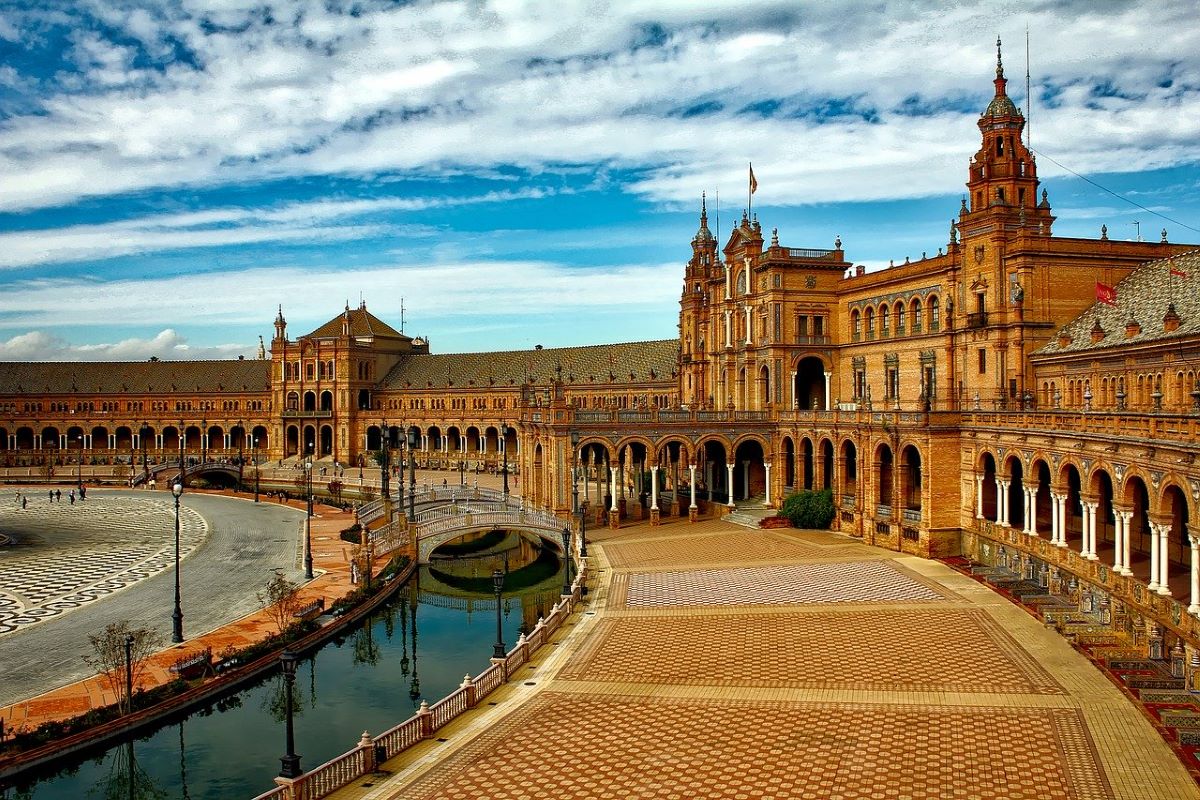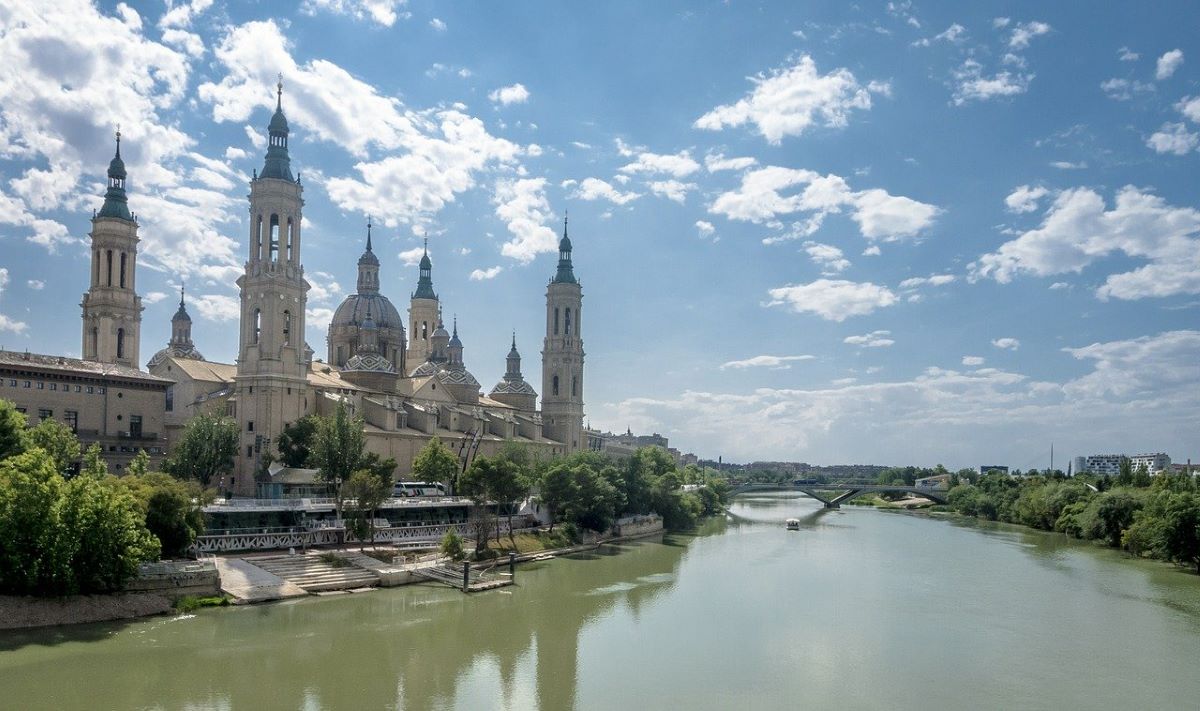
Image | Telemadrid
Madrid and Barcelona are the main cities in Spain and the largest but they are not the only ones. The growth of the large Spanish municipalities is due to the transfer of the rural population to the cities, after the industrial revolution and many are growing rapidly. Now, what are the largest cities in Spain?
Madrid
The capital of Spain is the largest and most populated city in Spain with 3 million inhabitants, being the third largest metropolitan area in Europe with 6 million, after London and Paris. Madrid is one of the most interesting Spanish cities to visit as it has many tourist attractions from a historical, cultural and gastronomic point of view.
From a cultural point of view, Madrid is famous for the art triangle formed by the El Prado, Reina Sofía and Thyssen-Bornemisza museums, 3 of the most important museums in Europe. However, it also has other popular museums such as the MAN (National Archaeological Museum), the Museum of Romanticism or the Sorolla Museum.
In the historic center are its main tourist attractions such as the Puerta del Sol, the Plaza Mayor, the Plaza and the Palacio de Oriente, the Gran Vía, the Almudena Cathedral or the Temple of Debod, among many others.

Image | Pixabay
Barcelona
The Ciudad Condal is the second largest nationwide and the sixth in population in the European Union. Barcelona is the most popular Spanish city abroad, one of those cities that you cannot miss either on a trip to the Mediterranean, on a business trip or during an extensive trip to Spain.
It has an impressive cultural offer, a suggestive gastronomy and spectacular beaches to combat the high summer temperatures. Plaza de Catalunya is the nerve center of Barcelona and the junction between the old part of the city and the Ensanche, but the most famous street is Las Ramblas. They are always lively, packed with tourists, flower stalls, and street performers.
But if it is known worldwide for something, it is for the work of the brilliant architect Antonio Gaudí. An artist who challenged the architecture of his time and redefined the essence of the city with his own style: Casa Batlló and La Pedrera, Park Güell or the Sagrada Familia, the quintessential icon of Barcelona.
Another place from where you have excellent views of Barcelona is the Montjüic Mountain, a viewpoint full of places of tourist interest such as the National Art Museum of Catalonia, the Montjüic Fountain and Castle, the Joan Miró Foundation or the Botanical Garden. .

Image | Pixabay
Valencia
Valencia is the third largest city in Spain and one of the main tourist destinations in the country, not only from a cultural and gastronomic point of view but also ecotourism. Its beaches are highly appreciated by lovers of the sea and thanks to its mild climate, Valencia is a good destination to visit at any time of the year.
Some of its most emblematic places to visit during a trip to the city of Turia are the Lonja de Valencia, the Torres de Serrano and Quart, the Cathedral where the holy grail is preserved, the Oceanogràfic or the Barrio del Carmen, a leisure center and culture in Valencia full of places with a youthful atmosphere, perfect to taste the best local and international cuisine and to go out partying.

Sevilla
The next largest Spanish city is Seville, which is known for having the largest old town in Spain and also one of the largest in Europe. It is a very popular destination for foreign tourists in Spain as it perfectly reflects the charm of the culture and art of southern Spain.
Lonely Planet, the famous publisher of tourist guides, chose Seville as the best city in the world to visit in 2018. To think of Seville is to do it in the Giralda, the Torre del Oro, the Real Alcázar, the Museum of Fine Arts or the Spain Square.

Image | Pixabay
Zaragoza
The Maña city located on the banks of the Ebro River is the fifth most populated in Spain with 664.953. 50% of the Aragonese population is concentrated in Zaragoza. Very close to the capital there is an important industrial estate with large companies in the automobile sector that economically support the Aragonese economy.